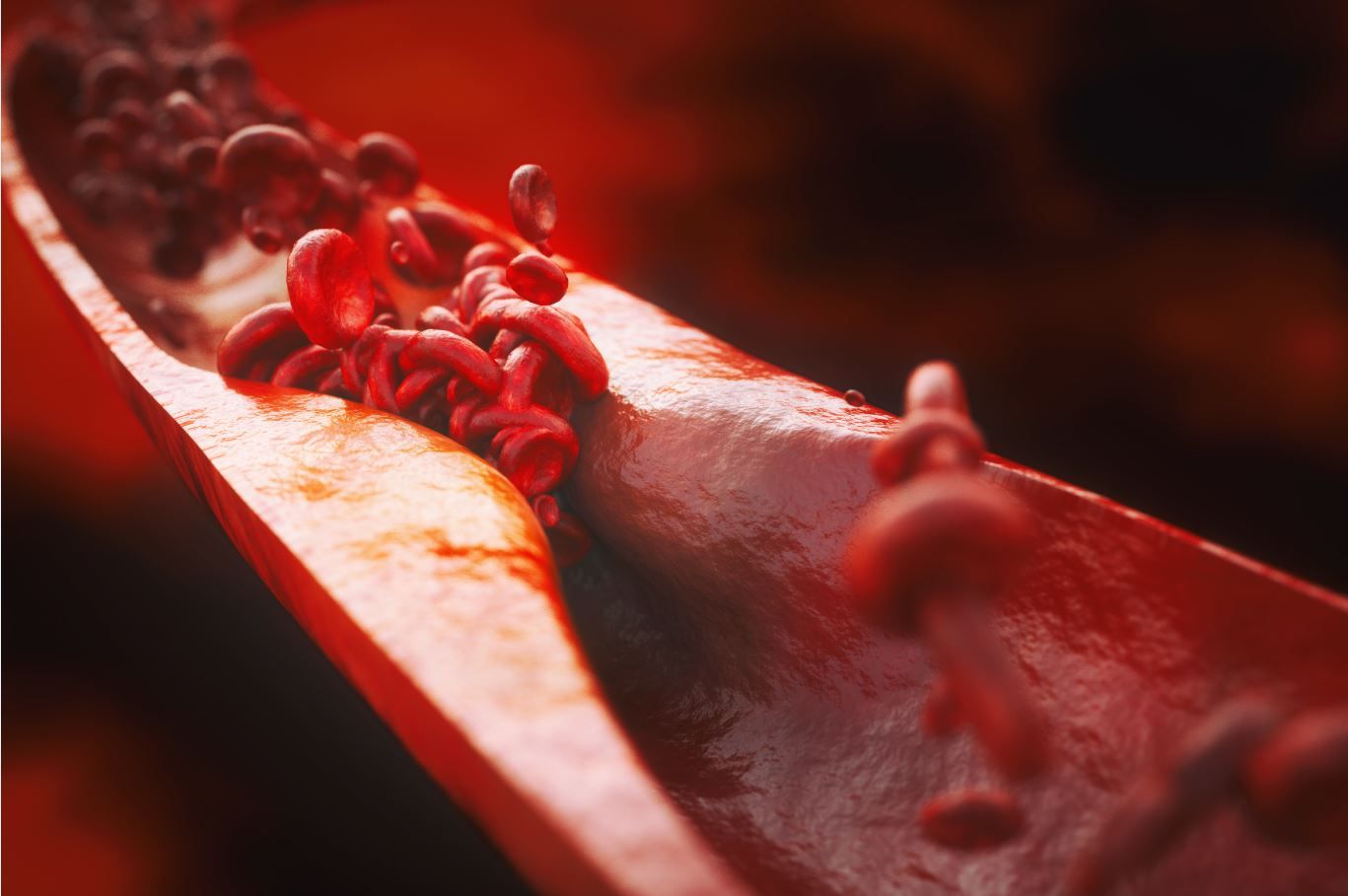- Clinical Technology
- Adult Immunization
- Hepatology
- Pediatric Immunization
- Screening
- Psychiatry
- Allergy
- Women's Health
- Cardiology
- Pediatrics
- Dermatology
- Endocrinology
- Pain Management
- Gastroenterology
- Infectious Disease
- Obesity Medicine
- Rheumatology
- Nephrology
- Neurology
- Pulmonology
Low-dose Rivaroxaban plus Aspirin Effective in CAD/PAD Regardless of Multimorbidity, Polypharmacy
In patients with stable vascular disease from the COMPASS trial, the combination of rivaroxaban and aspirin effectively reduced ischemic events despite multiple comorbidities and polypharmacy.
Low-dose rivaroxaban when added to regular aspirin therapy reduced cardiovascular events (CV) and mortality in patients with stable atherosclerotic disease regardless of the number of concomitant therapies taken or comorbidities at baseline, according to a subanalysis of the COMPASS trial, published in the European Heart Journal, Cardiovascular Pharmacotherapy.
crevis/stock.adobe.com

The double-blind, randomized, placebo-controlled COMPASS (Cardiovascular Outcomes for People Using Anticoagulation Strategies) trial compared aspirin alone, low-dose rivaroxaban with aspirin, or rivaroxaban alone in patients with coronary or peripheral arterial disease (CAD/PAD). A total of 27 395 patients (mean age 68 years, 23% women, 38% with diabetes) were randomized to rivaroxaban 2.5 mg twice daily plus aspirin vs rivaroxaban 5 mg twice daily alone and aspirin alone. Mean duration of follow up was 23 months.
For inclusion, patients were required to have atherosclerosis in ≥2 vascular beds or 2 additional risk factors (eg, current smoking, diabetes, renal insufficiency, heart failure, or nonlacunar ischemic stroke ≥1 month).
The primary outcome in COMPASS was a composite of cardiovascular death, stroke, or myocardial infarction (MI). The primary safety outcome was major bleeding.
The original COMPASS investigators found the primary outcome occurred in 4.1% of the rivaroxaban plus aspirin group vs 4.9% of the rivaroxaban alone group vs 5.4% of the aspirin alone group (p<.001 for rivaroxaban plus aspirin vs aspirin alone; p = 0.12 for rivaroxaban alone vs. aspirin alone). The primary efficacy outcome was the same in all tested subgroups. However, major bleeding events occurred in more patients in the rivaroxaban-plus-aspirin group. There was no significant difference in intracranial or fatal bleeding between these two groups.
CURRENT STUDY
Current investigators, led by Thomas Vanassche, MD, PhD, Department of Cardiovascular Sciences, University Hospitals Leuven, Belgium, analyzed whether the risks and benefits of the rivaroxaban-aspirin combination is affected by the presence of comorbidities and polypharmacy.
The researchers compared event rates and hazard ratios (HR) for rivaroxaban plus aspirin vs aspirin alone by the number of medications and comorbidities and tested for interaction between polypharmacy or multimorbidity and the antithrombotic regimen.
Data on medication use as well as comorbidities were collected at baseline in COMPASS, the latter including cancer, cardiometabolic risk conditions, and respiratory, renal and genitourinary, liver, neurocognitive, and musculoskeletal disease as well as CV disease other than CAD/PAD.
Data on medication including non-cardiovascular drugs were available for 27,388 (99.7%), with a mean follow-up of 23 months.
RESULTS
- Vanassche et al found that in addition to aspirin, rivaroxaban and placebo, three-quarters (74.8%) of patients also were taking ≥3 additional CV drugs and 16.9% took ≥5 CV drugs.
- For comorbidities, they found 59.4% of participants had ≥3 and 11.6% had ≥5 concomitant conditions.
- Analysis found that risk of the primary composite endpoint was higher with a greater number of drugs taken (HR 1.7, 95%CI 1.5–2.1 for >4 vs 0–2).
- Among patients taking ≥5 CV drugs, incidence of the primary endpoint was 74% higher (HR 1.74; 95% CI, 1.47 - 2.05, P <.0001).
- The risk of major bleeding, the primary safety endpoint, however, did not increase with the number of CV medications (HR 1.17; 95% CI, 0.93 - 1.46).
- The investigators found that greater multimorbidity was associated with increased risk in both ischemic events and in major bleeding.
- Patients with ≥4 comorbidities when compared to those with ≤1 comorbidities had a two-fold greater risk of stroke, MI, or CV death (HR 2.45, 95% CI 2.01 - 2.99, P <.0001) as well as of major bleeding (HR 2.34, 95% CI 1.79 - 2.06, P <.0001).
- Data show lower total event rates among patients receiving rivaroxaban plus aspirin compared with those taking aspirin alone, with a relative risk reduction of 20% - 30%.
- They also observed that patients taking greater numbers of concomitant medications had the largest absolute reduction in net clinical outcome with added rivaroxaban (1.1% vs 0.4% reduction with >4 vs 0 - 2 cardiovascular drugs).
Investigators concluded that patients receiving multiple drugs with multimorbidity had a higher risk of CV events.
However, they noted the efficacy, safety, and net clinical benefits from the addition of low-dose rivaroxaban to aspirin in patients with stable vascular diseases were not affected by the number of drugs or comorbidities.
“The presence of multiple comorbidities or the need for several drugs should not dissuade the addition of low-dose rivaroxaban to aspirin in otherwise eligible patients,” wrote investigators.
